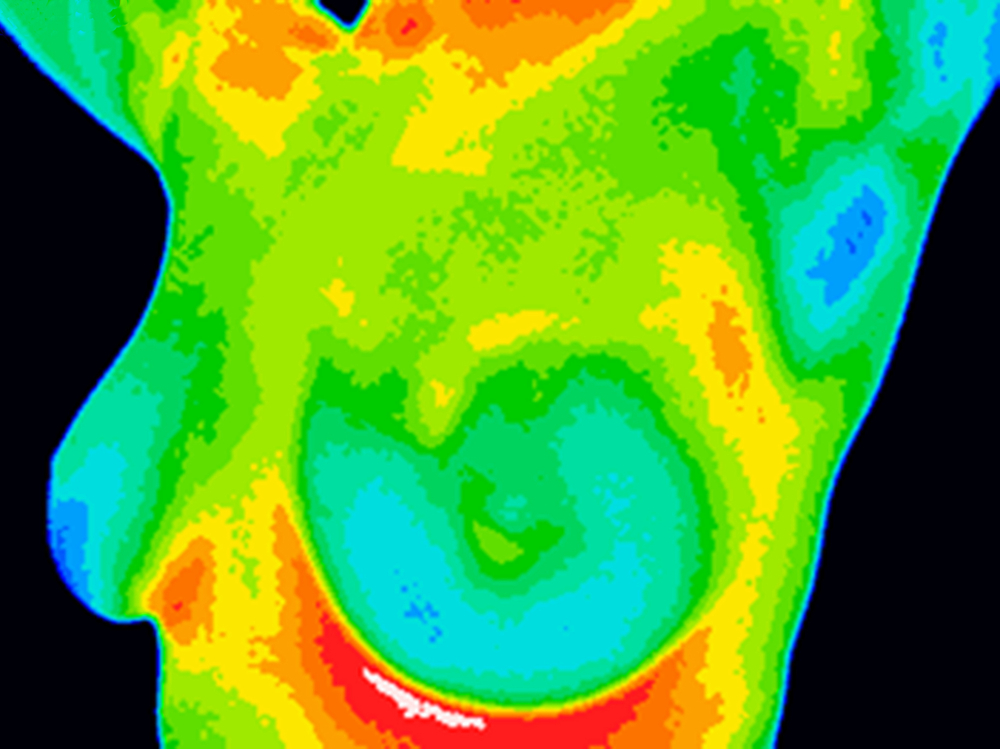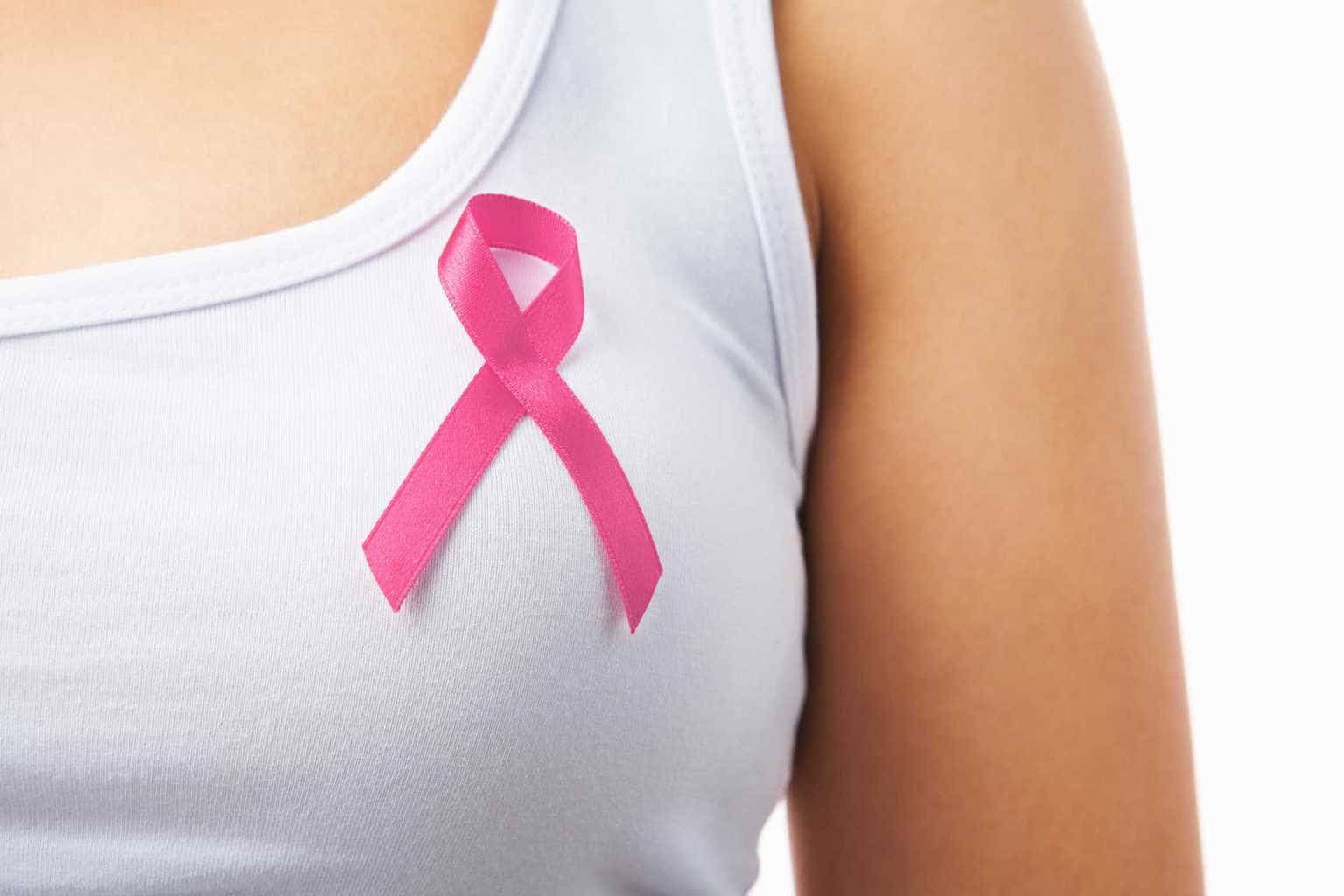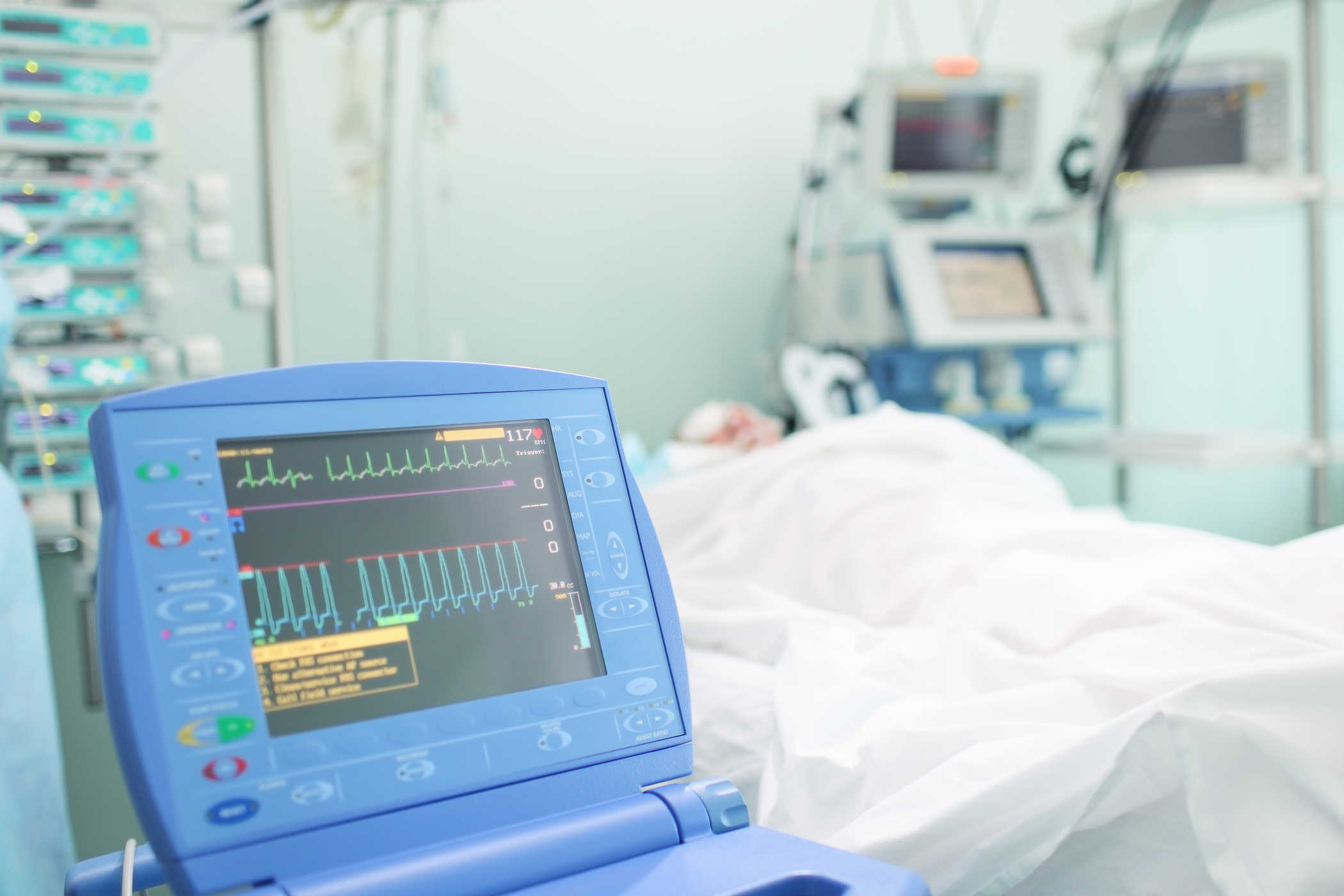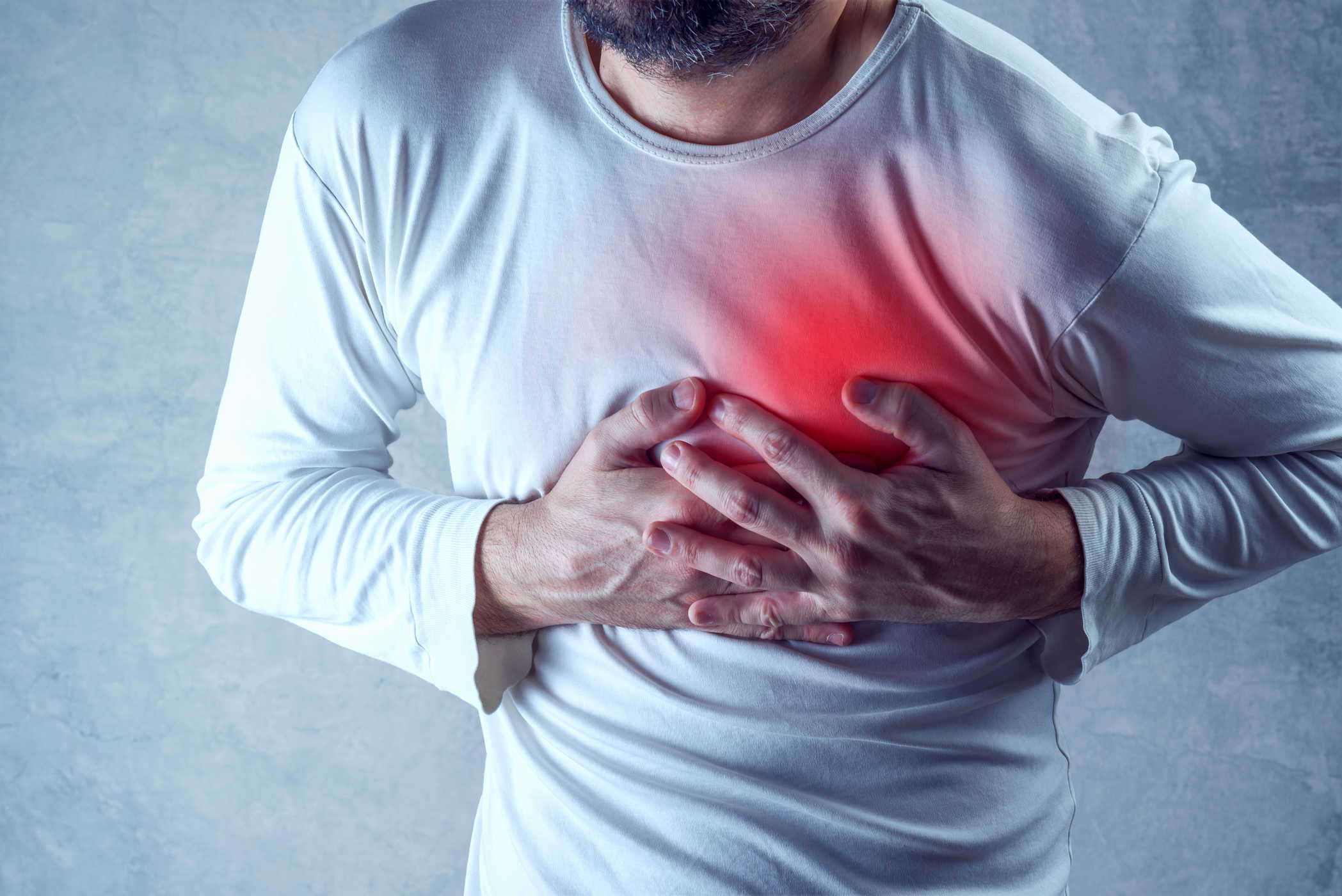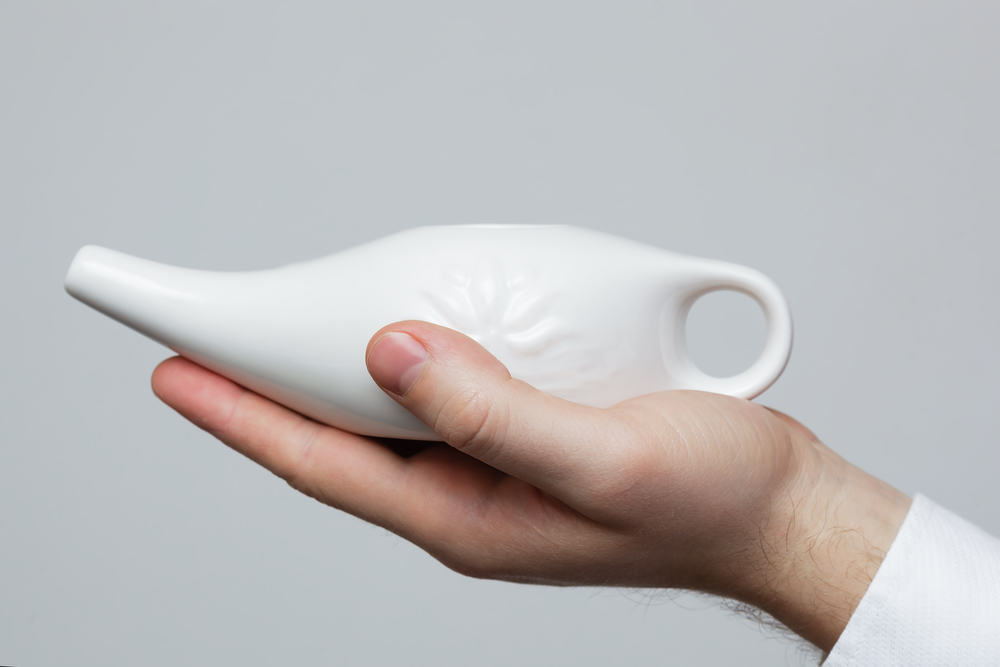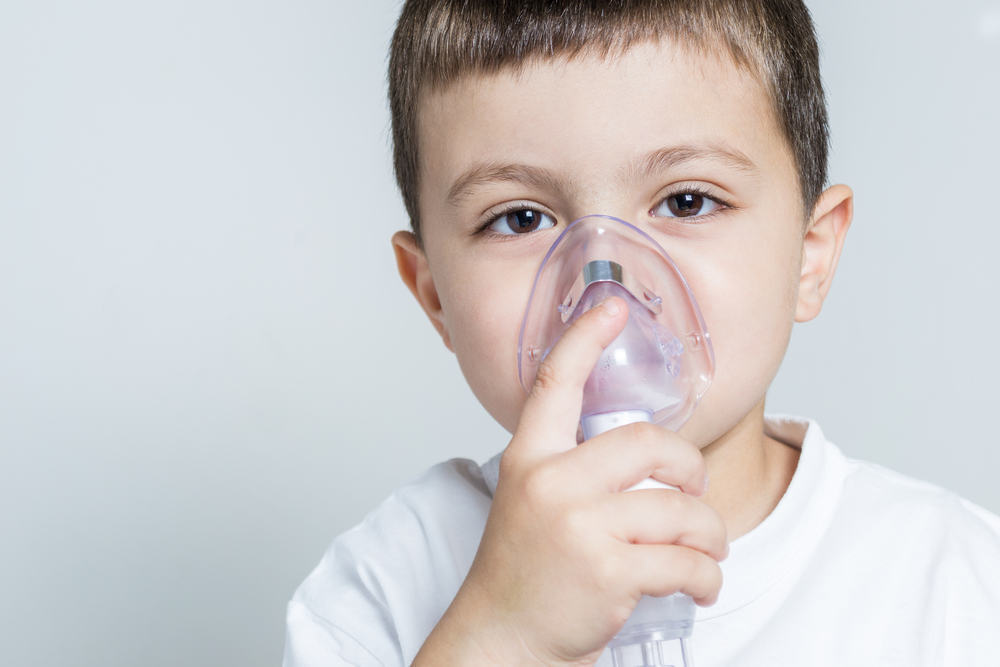Contents:
- Medical Video: Choosing the Best Breast Screening: 2D vs 3D Mammogram/Tomosynthesis
- Definition of mammography
- Definition of thermography
- Advantages of mammography
- Excess thermography
- Risk of mammography
- Risk of thermography
- Between mammography and thermography, which is the most appropriate?
Medical Video: Choosing the Best Breast Screening: 2D vs 3D Mammogram/Tomosynthesis
Early detection is an effective step to prevent cancer growth. By doing early detection, it is expected to reduce the spread of cancer cells and immediately take treatment. Screening breast cancer is one way that can be done to identify breast cancer in women who do not have physical symptoms. There are various ways that are used to detect breast cancer in women, including those that are often compared are mammography and thermography.
To find out more, let us discuss the difference between mammography and thermography along with the advantages and risks that might be caused.
Definition of mammography and thermography
Definition of mammography
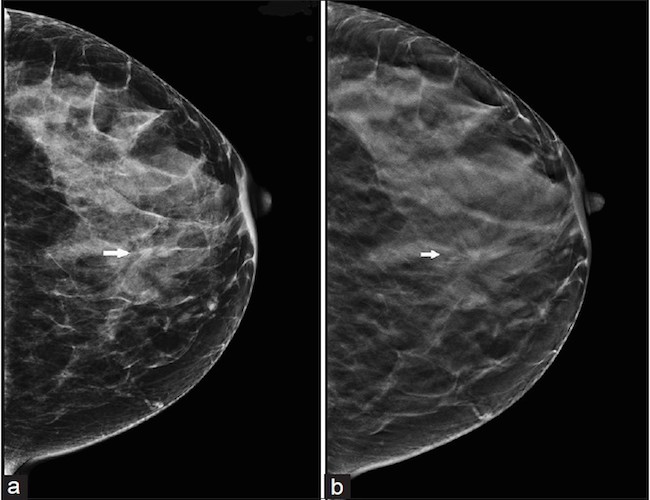
Mammography is the process of examining the human breast using X-rays by placing a kind of disk on the breast that is done to look for anatomical changes in breast tissue such as lumps. Images taken in the mammography process are called mammograms. In a mammogram, dense breast tissue appears white. Other parts of the breast consisting of low density fat tissue will be displayed in gray. Whereas the presence of the tumor will be shown with a white image just like a dense breast tissue.
Definition of thermography
Thermography is a test used to detect and record changes in temperature on the surface of the skin. Digital infrared thermal imaging (DITI) is used in breast cancer screening, using an infrared thermal camera to photograph different temperature areas around the breast.
The presence of cancerous growth is associated with blood vessel formation and excessive swelling of breast tissue. This condition will appear in the infrared image as an area with a higher skin temperature. Cancerous breast areas usually have higher temperatures which will be detected through thermography procedures.
The advantages of mammography and thermography
Advantages of mammography
The benefits of mammography are greater for women in high-risk groups, such as older women, or women with a family history of breast cancer. Researchers estimate that in the next 10 years 10,000 women will get regular mammograms, the number of women whose lives will survive thanks to mammography:
- 5 out of 10,000 women aged 40 to 49 years
- 10 out of 10,000 women aged 50 to 59 years
- 42 out of 10,000 women aged 60 to 69 years
The United States Preventive Services Task Force (USPSTF) recommends women aged 50 to 74 years at least undergo a mammogram every two years.
Excess thermography
- Thermography does not use radiation, so it is safely used repeatedly from time to time.
- Breast thermography is included in safe early detection at any age. For early detection and prevention, women are advised to carry out breast thermography at age 20, once every three years between the ages of 20-30, and every two to one year from the age of 30 years.
- Can be used by all women, including those who have breast implants.
- Hormonal changes do not affect the end result of thermography.
- Thermography can detect changes in breast tissue associated with chronic breast cancer.
Risks and weaknesses of mammography and thermography
Risk of mammography
The following are some of the weaknesses and risks that can be caused which are considered related to the mammography process, including:
- There is radiation exposure that might be considered alarming for some people.
- Can cause non-invasive cancer.
- Mammography cannot be used for women who use breast implants.
- Can cause women to choose a mastectomy or breast removal surgery as a preventive measure.
- Mammography has a level false positive height, which can lead to additional screening until a biopsy. Results false positive is a result that shows the presence of cancer cells, when in fact there are none. Instead, results false negative shows no cancer cells, even though there are actually cancer cells in the body.
Risk of thermography
- High false positive rates, which can cause these women to need additional screening namely standard mammography.
- High false negative rates, which can cause a person to no longer carry out standard mammography because the results of thermography are considered sufficient.
Between mammography and thermography, which is the most appropriate?
Mammography and thermography are both capable of detecting cancer in the breast. However, Food and Drug Administration (FDA) in the United States states that thermography is not a substitute for screening mammography. Thermography is used as an ingredient for early detection of breast cancer, while mammography is used as a further diagnosis after thermography. Therefore, experts recommend mammography as the main screening procedure.
However, the risk of mammography is not to be taken lightly, so you still need to consult a doctor for a safer screening method. Whatever screening options you make, consult your doctor clearly so that the decision on the procedure to be taken is the right one for you.


